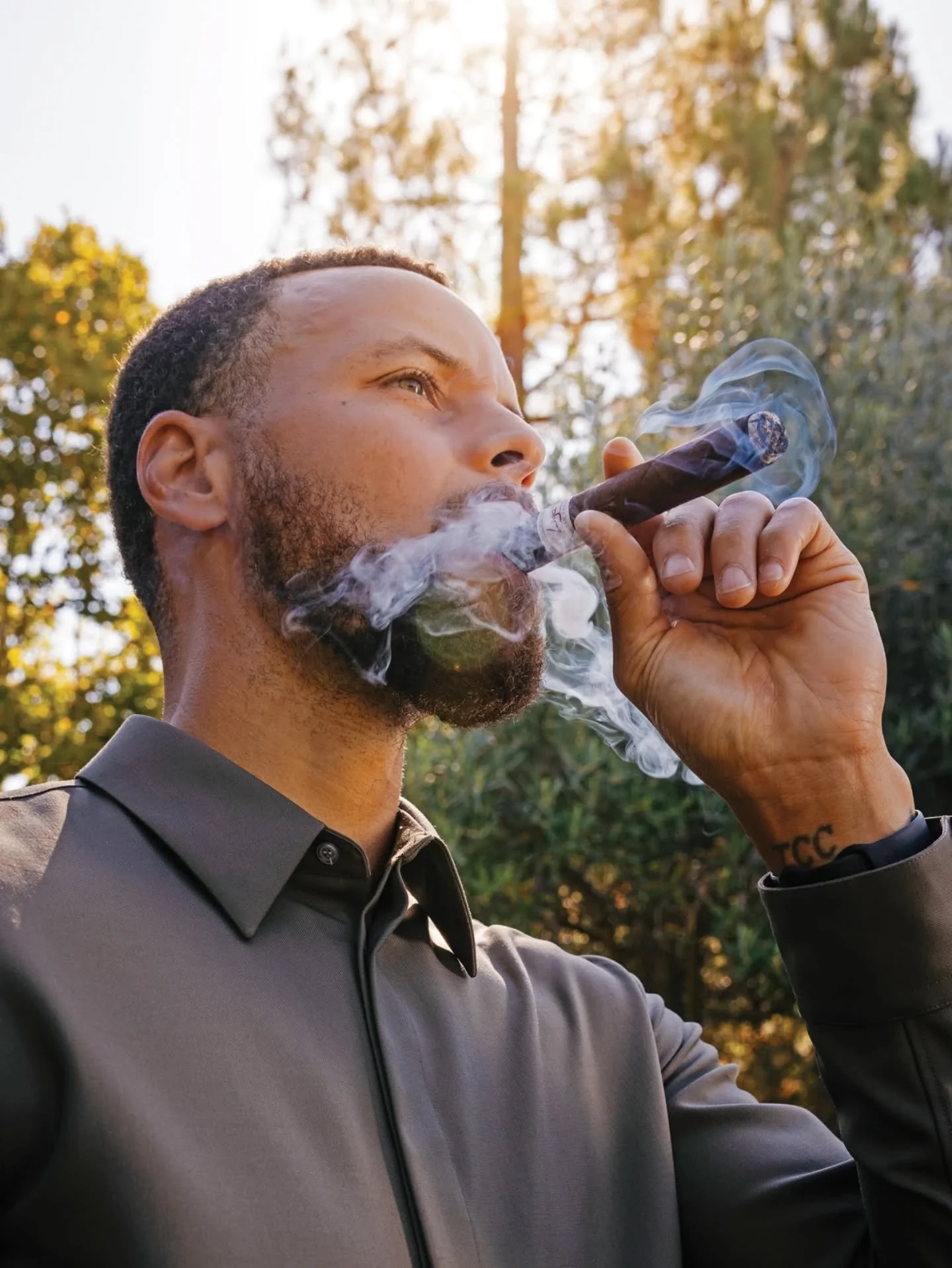Inside the Inner Workings of the Shaq Business Machine
Inside the Inner Workings of the Shaq Business Machine
Sports - November 22, 2025
A look at how O’Neal engineered one of the most surprising empires in sports.
Shaquille O’Neal has a line he likes to use whenever people ask how he built his empire: “My strategy is that I invest in things that are going to change people’s lives.”
He says it without flash, almost casually, like he’s talking about free throws. But it’s the thesis behind one of the wildest second acts in modern celebrity history — a portfolio so sprawling it makes most Fortune 500 founders look under-diversified.
Shaq never approached business like a retired athlete. He approached it like someone who never stopped growing. When he came into the league, he famously spent his first million dollars in an hour. When he matured, he built a machine that could print a million dollars before lunch.
And the first place he went wasn’t Silicon Valley or hedge funds — it was the food court.
At his peak, Shaq owned 155 Five Guys franchises — ten percent of the entire chain. People forget this. They think of Shaq as a meme, a pitchman, the giant who laughs in commercials. They overlook that he quietly operated one of the largest franchise portfolios of any celebrity in America. After he sold his Five Guys empire in 2016, he didn’t slow down. He redeployed the cash and bought 17 Auntie Anne’s locations, nine Papa John’s stores, and a Krispy Kreme flagship in Atlanta. Franchise ownership isn’t glamorous, but Shaq doesn’t care about glamorous. He cares about cashflow.
But the franchise footprint is only the warm-up. Shaq also launched his own fast-casual brand, Big Chicken, now at roughly two dozen locations and scaling aggressively through franchising. Most athletes endorse food brands. Shaq built one.
And then there’s the tech side — perhaps the most surprising.
Shaq was an early backer of both Google and Ring. The Google story is legendary: he made the investment almost on instinct, then forgot about it until the IPO documents arrived. The Ring investment was more intentional — a product that solved a real problem, something he believed in. When Amazon bought Ring for nearly a billion dollars, Shaq walked away with one of the strongest tech wins in celebrity-investor history.
He talks about investing with unusual clarity. “Every time I made an investment where I thought I was going to double, triple, quadruple my money, I lost every time,” he said. Money wasn’t the compass. Impact was. And it paid him better than the shortcuts ever did.
But the most fascinating part of the Shaq empire isn’t the restaurants, or the tech deals, or even the board seats. It’s the meta-play: Shaq owns equity in Authentic Brands Group — the giant behind Reebok, Forever 21, Sports Illustrated, and dozens of global names. ABG also owns the rights to monetize Shaq’s own likeness, making him both the product and the shareholder. When ABG scaled to a $20 billion valuation with more than $30 billion in annual retail sales across its brands, Shaq wasn’t just a licensee. He was inside the cap table.
And now he’s president of Reebok Basketball — not a figurehead gig, but a real operating role. A retired athlete taking control of an entire sport category for a global brand. It’s a move that makes almost too much sense: Shaq the player built Reebok culture; Shaq the businessman is rebuilding Reebok’s future.
People underestimate him because he leans into humor, into charisma, into the entertainer persona. But he once said, “I realized you can never do anything by yourself.” That’s the quiet architecture behind everything he’s built: partnerships, ownership, equity, scale.
Shaq didn’t retire from basketball.
He graduated from it.
And the empire that followed?
That’s the real highlight reel.




